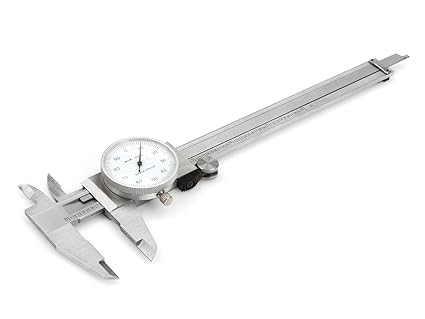Re: Budget Lathes and Presses for WTC endcap constuction
Can you use one of the chuck keys to loosen the other one?
Alternatively, mount a chuck in the lathe and see if you can then get enough leverage to loosen it.
btw: looks like you got a good deal on the lathe.
-Jeff
The seller locked the drill chuck keys down, into the drill chucks, so I can't get them out..  The only keys I currently have that fit them are the ones that are clamped down in the chucks.. Didn't realize I wouldn't be able to loosen them by hand, until I got the lathe home, oh well.
The only keys I currently have that fit them are the ones that are clamped down in the chucks.. Didn't realize I wouldn't be able to loosen them by hand, until I got the lathe home, oh well.
Alternatively, mount a chuck in the lathe and see if you can then get enough leverage to loosen it.
btw: looks like you got a good deal on the lathe.
-Jeff




Comment